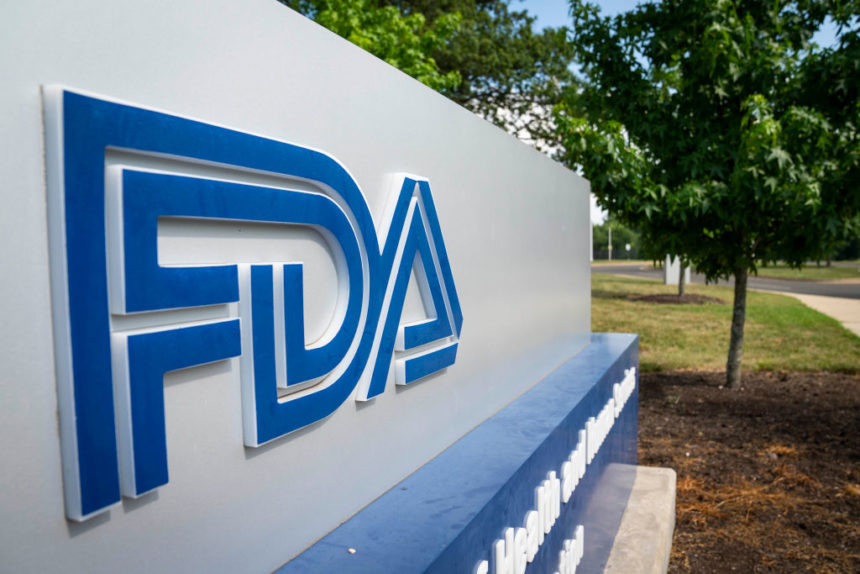Prevailing regulations state that only “on-label” claims may be used by manufacturers in pharma advertising.
A draft guidance released this week by the Food and Drug Administration, provides an alternate regulatory pathway for the approved label to have the most up-to-date information — including for how marketers can make subsequent product claims.
That pathway involves submitting non-interventional studies — also referred to as observational studies — to FDA in order to demonstrate “substantial evidence” of the effectiveness or safety of a drug.
The typical route to getting the greenlight to make updated on-label claims involves filing a supplemental new drug application (sNDA) to the FDA, supported by data from a placebo-controlled clinical trial.
Observational studies, on the other hand, are backed by real-world evidence (RWE).
The health agency said it’s seen “growing interest” among drugmakers in submitting various forms of RWE and the guidance offers recommendations to drugmakers who are considering this route.
Payers, providers and pharma companies can “know more about safety and effectiveness because of how massive their data is about real-world usage,” explained Dale Cooke, an industry attorney and owner of PhillyCooke Consulting. “FDA is responding to that and saying, ‘If you can gather up this type of data, then there are ways to get that into your approved label.’”
Guidance offers options
Thanks to the proliferation of electronic medical records (EMR) and claims databases, two examples FDA gives to help show how drugs perform in the wild, the quality of RWE has improved over the years. The latest guidance is an acknowledgement of that, said Cooke.
It’s also an effort to ensure that the approved drug label remains the “touchstone” of what is known about a drug. Otherwise, he and others envision a scenario where the label may become irrelevant because it’s overtaken by RWE. “That would be a bad situation,” he added.
The guidance itself is short, at just 11 pages, and fairly straightforward, urging study sponsors to “pre-specify” their study protocols with the agency in terms of how they plan to conduct statistical analysis. This can prevent retrofitting data to meet a hypothesis.
Regulators also want companies to meet with them in advance of doing any observational studies to explain such details as their rationale for doing the research, trial design and endpoints.
They’ll need to explain why it’s OK to use an observational trial as opposed to a placebo-controlled trial, which is the gold standard of medical research.
In addition, the guidance discusses how to develop RWE in a way that it meets the “substantial evidence” standard.
This is higher than the SASS (statistically accurate and scientifically sound) bar applied to marketing approved indications, Cooke pointed out. This implies that, by following the steps in the guidance, companies should also be able to meet SASS and use the data and evidence generated in promotional efforts.
‘It’s a different day’
In what scenarios might this be useful to commercial teams?
An oft-cited lament among pharma marketers is that lack of involvement in clinical trial design hamstrings their ability to differentiate products once they’re approved. The draft guidance isn’t likely to render this complaint obsolete.
Yet if formalized, the guidance could facilitate the ability to use RWE to update a drug’s label with new effectiveness or safety data, say, in a subpopulation or patient group whose numbers perhaps weren’t statistically significant in the pivotal clinical trial.
“There’s always interest in knowing these kinds of things,” said Cooke. “If the marketers or the commercial teams have the genesis of the idea, then they can go to the research-generation team and say, ‘Hey, what do you think?’ Here’s the potential for how we can get this done.’”
The guidance is also designed to assist sponsors in identifying and addressing commonly encountered challenges when considering the use of these studies for regulatory decision-making. Its soundness with regard to analytical approaches is likely better left to the statistical gurus to weigh in on.
Those wishing to comment on the draft guidance are encouraged to file either electronic or written comments within 90 days to ensure the agency considers the comment before it begins work on the final version.
“It’s a different day,” concluded Cooke. “The FDA is acknowledging the way the world is and they’re now enabling companies to meet their obligations to keep the label at the cornerstone of use.”







